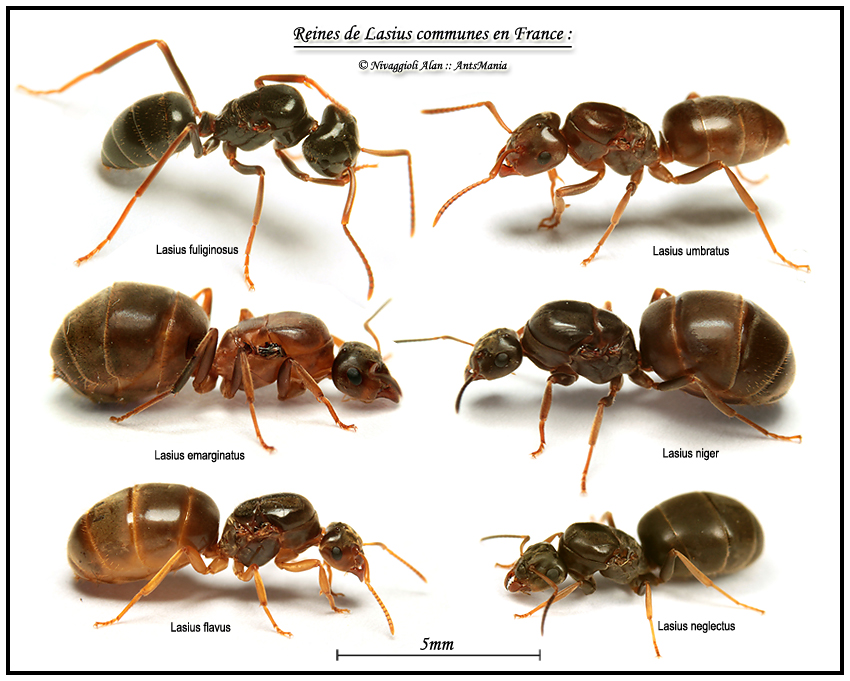There is no reason to doubt Miles's Lasius observations from Arizona. As stated, he was in the presence of three professional myrmecologists, and just as importantly, was up in the mountains, where a temperate rather than a desert ant fauna occurs.
A quick look at Ant Web's Arizona Ants list 19(!) species of Lasius recorded from the state. The Ant Web Texas page records 5 species from that state. These are found only in the sparsely settled northern prairie and western mountain and high desert parts of Texas. Also, most are subterranean, so not likely to be encountered by a casual, urban observer.
Also, as for Lasius "everywhere" in Europe, it's similar to the US situation, with Lasius common and evident in the north and at higher elevations in the south, but generally much less evident at the lower and hotter parts in the Mediterranean Region, where a more thermophilous (heat-loving) fauna prevails.































